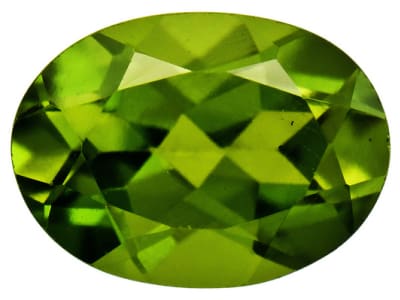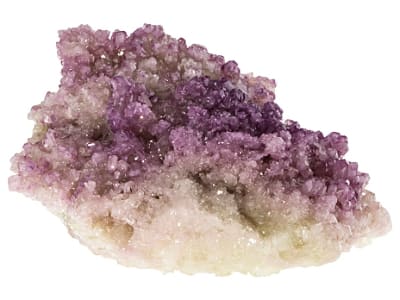Idocrase, also known as vesuvianite after its discovery at Mount Vesuvius, has crystals that are prismatic and glassy. It is usually green or chartreuse in color, but may be found in yellow to brown, yellow-green, red, black, blue or purple hues.
General Information
LWUV: inert
Idocrase Colors
-
 Black
Black -
 Blue
Blue -
 Brown
Brown -
 Green
Green -
 Green
Green -
 Purple
Purple -
 Red
Red -
 White
White -
 Yellow
Yellow
Alternate Names
Vesuvianite, Californite, Xanthite, Cyprine
Countries of Origin
Myanmar; Cameroon; Papua New Guinea; Sudan; Malaysia; Kazakhstan; Portugal; Greece; Austria; Mongolia; Korea (the Republic of); Morocco; Unknown; Mali; Brazil; Argentina; Hungary; Japan; Taiwan (Province of China); India; New Zealand; Canada; Turkey; Namibia; Finland; Italy; South Africa; Antarctica; Jamaica; Peru; Germany; Afghanistan; Russian Federation; Czechia; United States of America; Madagascar; Thailand; United Kingdom of Great Britain and Northern Ireland; Sweden; Pakistan; China; Ireland; Poland; Slovakia; Bulgaria; France; Serbia; Kyrgyzstan; Cote D'Ivoire; Romania; Philippines; Uzbekistan; Kenya; Switzerland; Spain; Cuba; Norway; Mexico; Australia; Greenland; Montenegro; Tajikistan; Indonesia
Care
Moderately soft, so be mindful of scratching.


